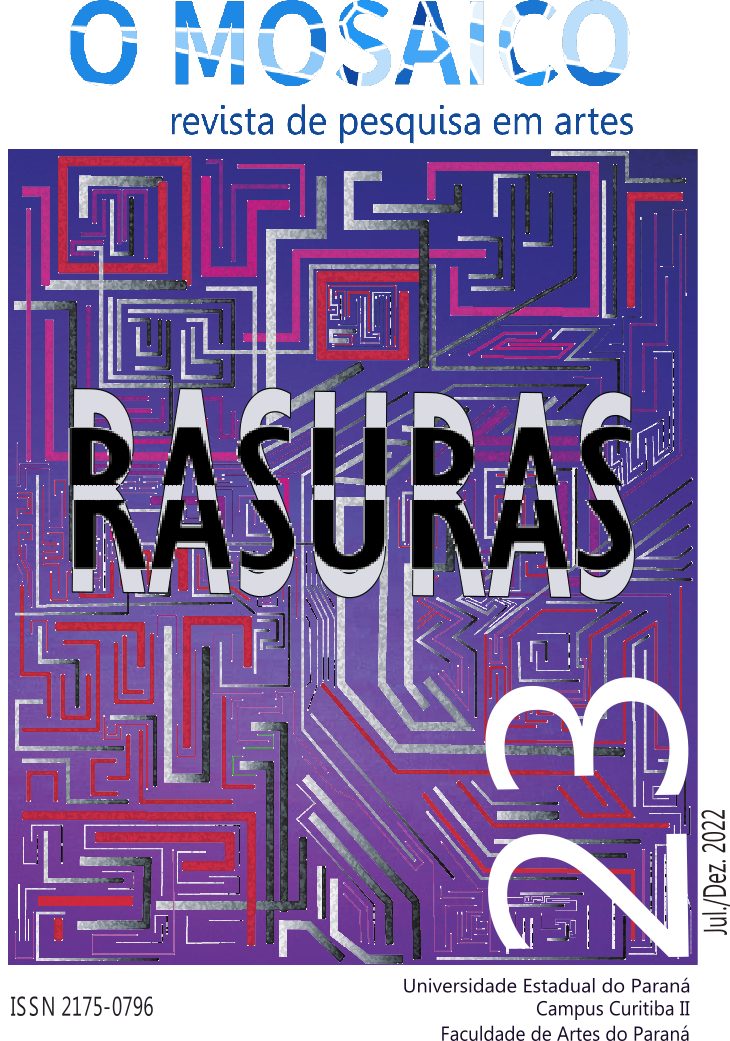Os elementos culturais do medo na cultura audiovisual pop japonesa: dos filmes techno-horror ao streaming
DOI:
https://doi.org/10.33871/21750769.2022.15.1.6989Keywords:
Ringu, O Chamado, Japão, Techno-horror, Alice in BorderlandAbstract
Modernity brought to Japan audiovisual works that combine traditional aspects, folkloric and urban legends with a certain yearning for a solitary cosmopolitan modern life, marked by technology and a consumer culture experienced by the Japanese from the 50's, with the accelerated economic growth of the post -war. This background creates unique elements, fundamental in the construction of the audiovisual language of Japanese pop culture, especially in the techno-horror sub-genre. The main goal of this article is to identify some of these historical, cultural and social elements that make up techno-horror, creating particularities in the genre and in the construction of the narrative, differentiating itself from Western terror, especially Hollywood. In order to highlight these elements, classics such as the Ringu franchise will be analyzed, placing it next to its North American remake The Ring. This movement will perhaps highlight what is lost and changed in this cultural translation, given that it only makes sense if you take into account the cultural elements of Japan. In the end it will be put into perspective how nowadays, even outside the Techno-horror niche, these cultural elements of fear are also part of streaming and Japanese pop culture. For this, a brief analysis will be made of the latest Japanese hit from Netflix, Alice in Borderland.
Downloads
Downloads
Published
How to Cite
Issue
Section
License
Copyright (c) 2022 O Mosaico

This work is licensed under a Creative Commons Attribution-NonCommercial-ShareAlike 4.0 International License.
The authors retain the copyright, when licensing their production in the journal O Mosaico, which is licensed under a Creative Commons license. When submitting the work, and upon acceptance, the author assigns his/her copyright for publication in the journal. Readers can download, print and use the articles published in the journal, as long as there is always an explicit mention to the author (s) and to the O Mosaico, and no changes to the original work are allowed. When submitting an article to the journal O Mosaico and after accepting it for publication, the authors allow, without remuneration, to pass the following rights to the journal: the first edition rights and the authorization for the editorial team to transfer, according to their judgment, this article and its meta data to indexing and reference services.

